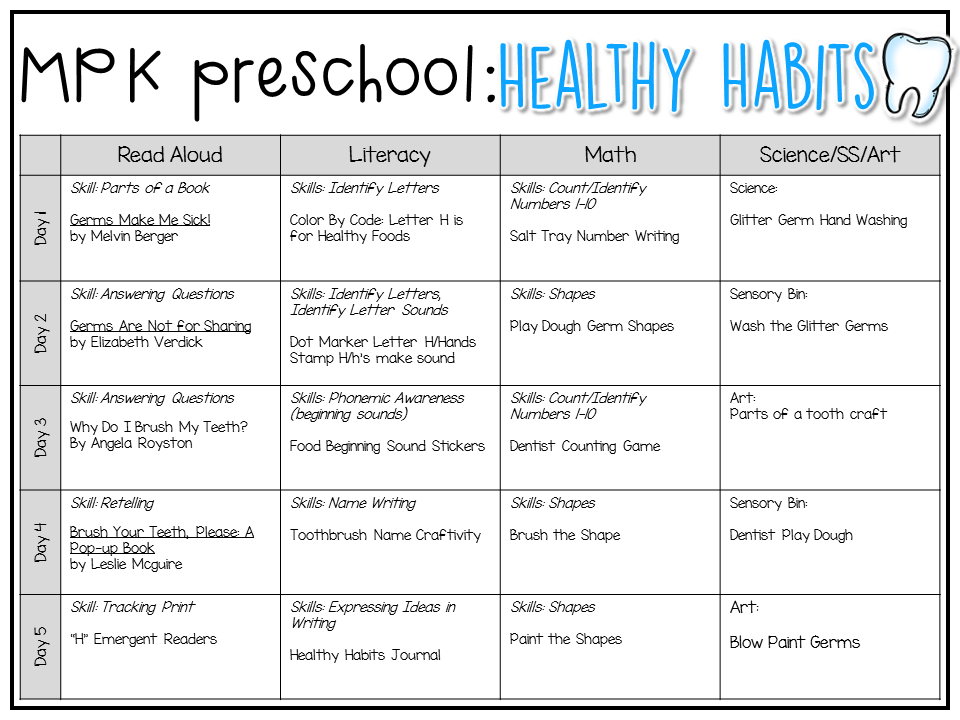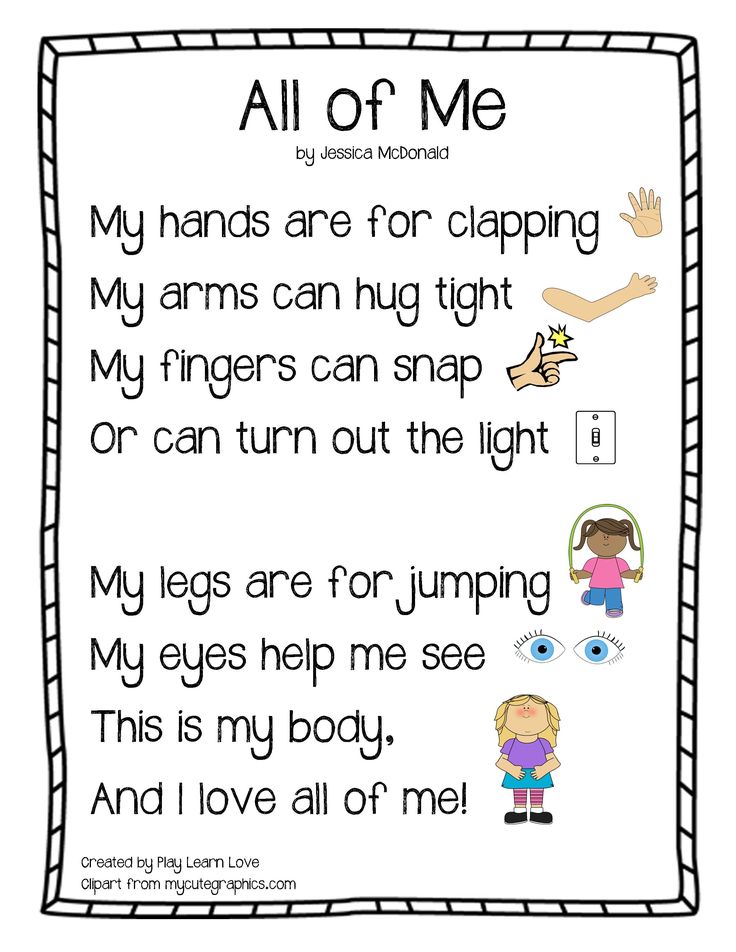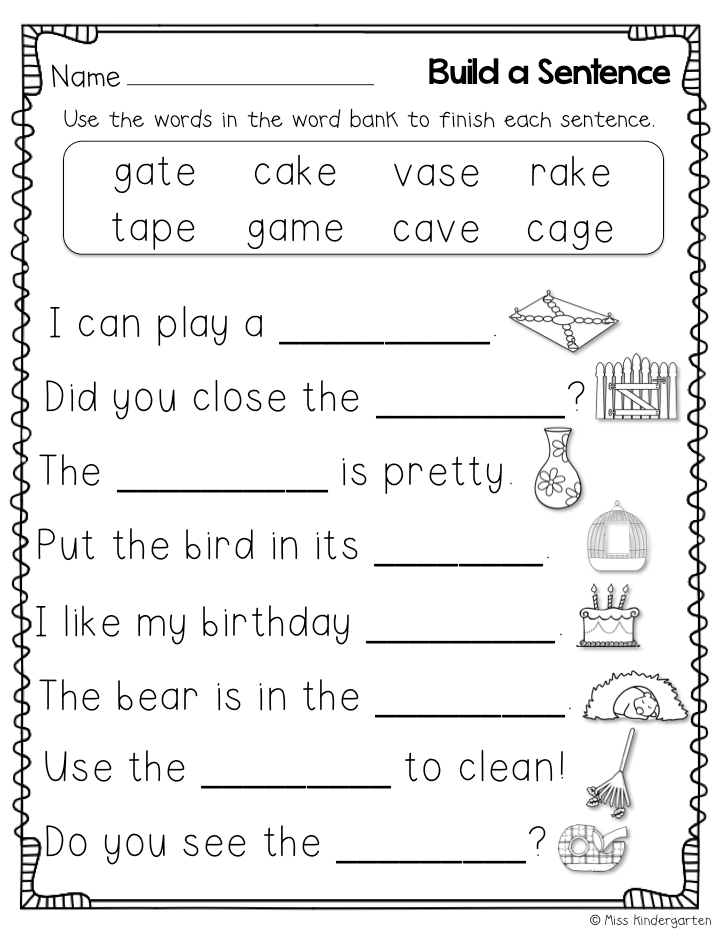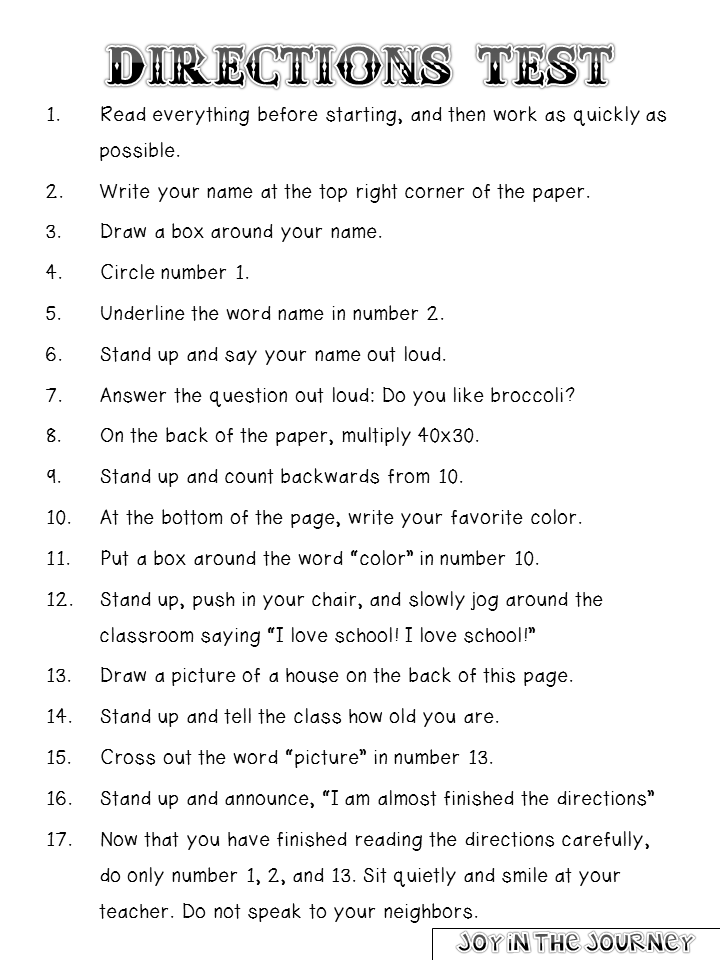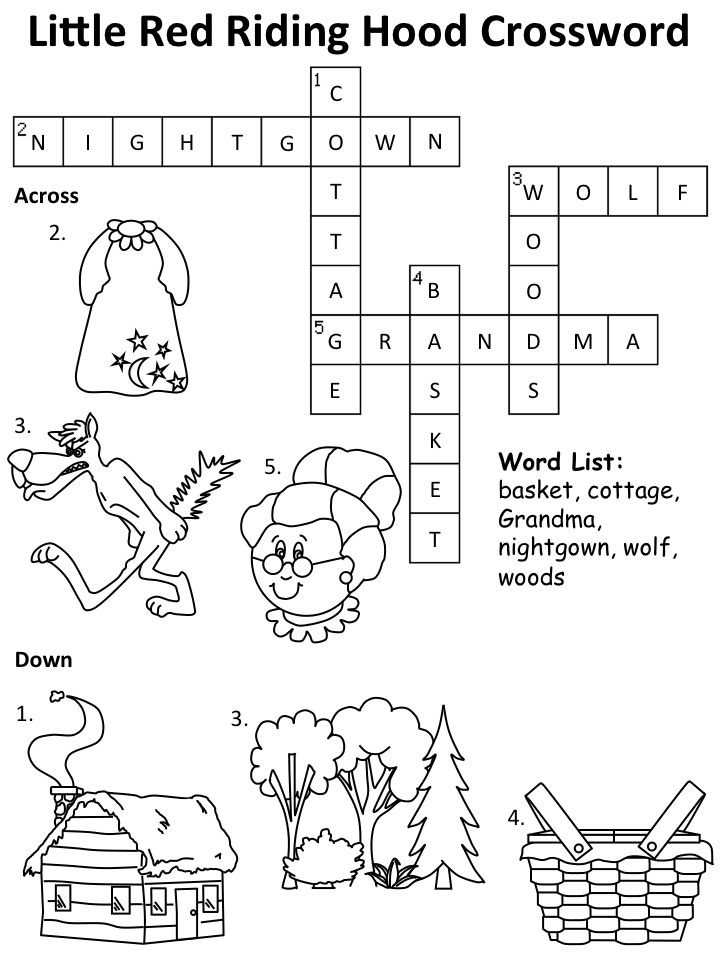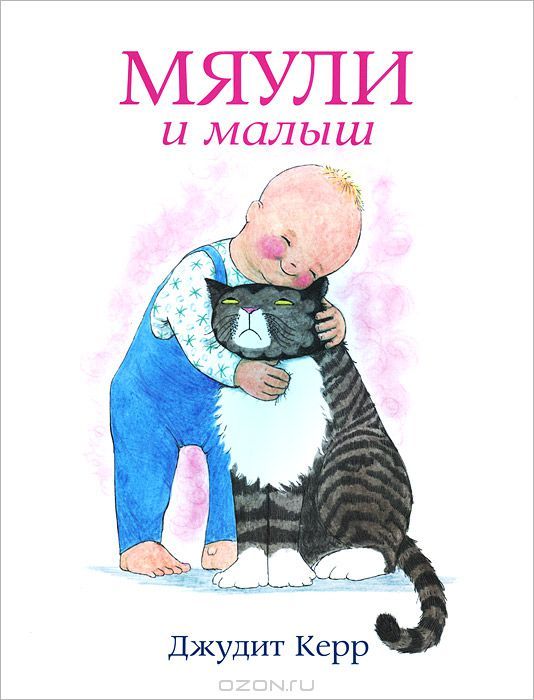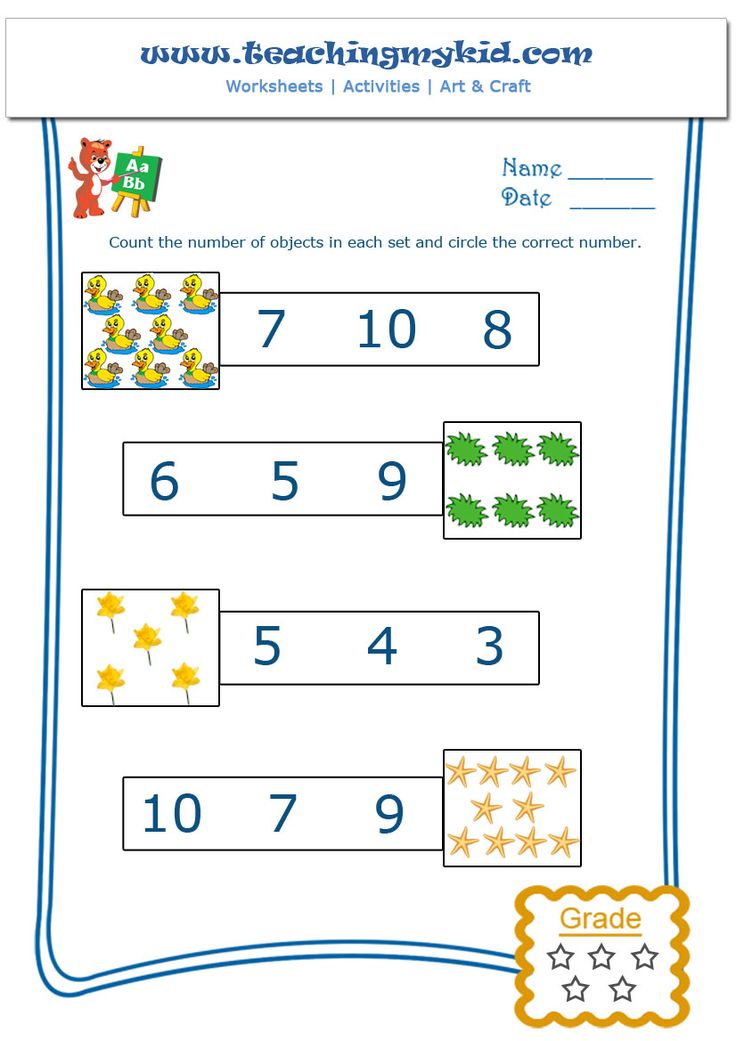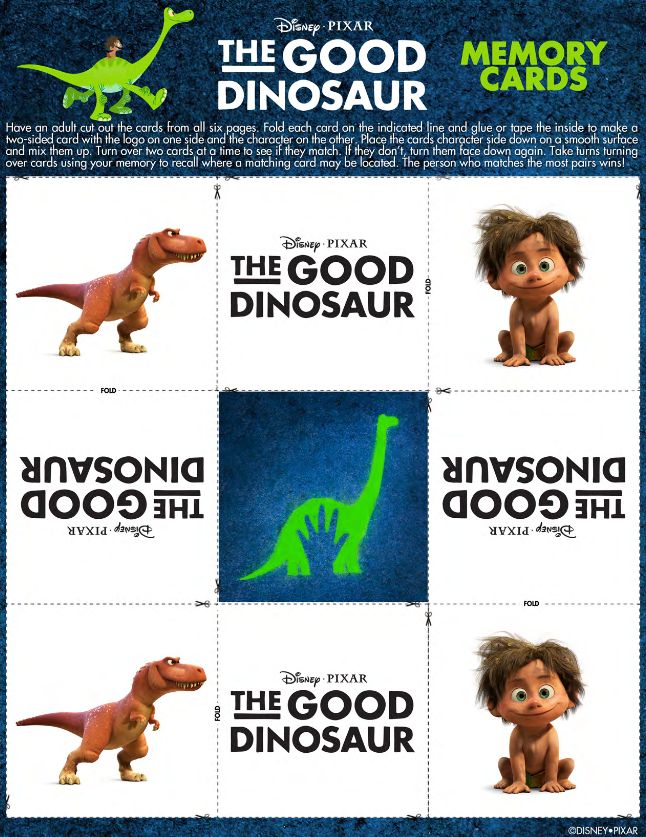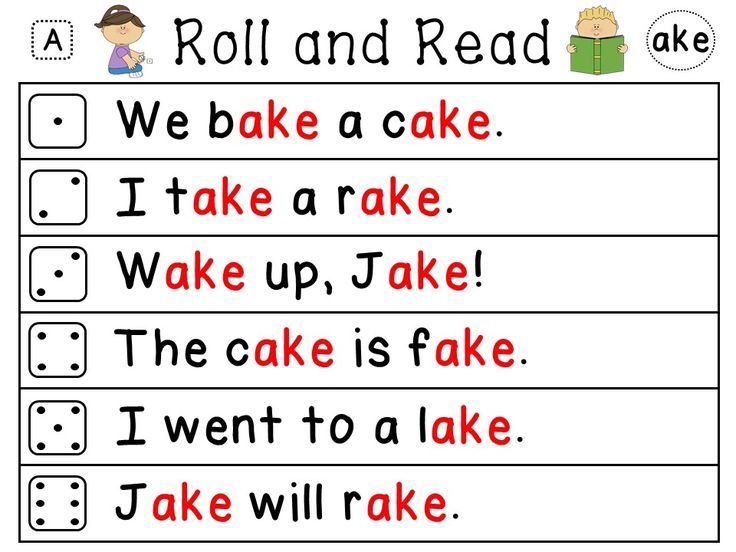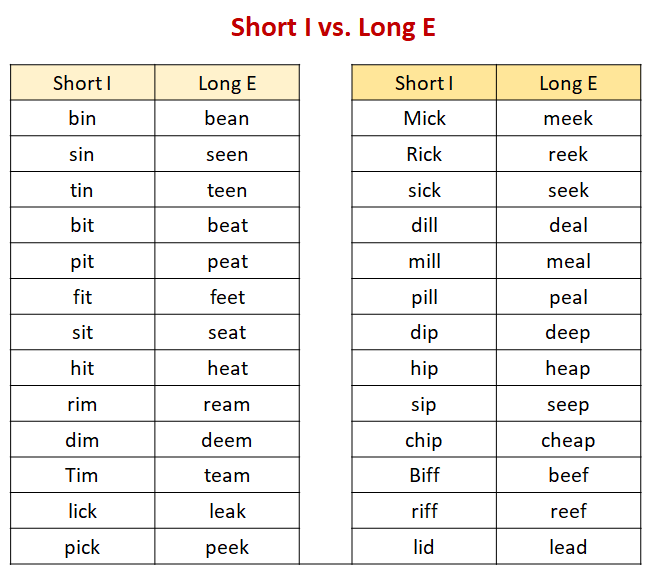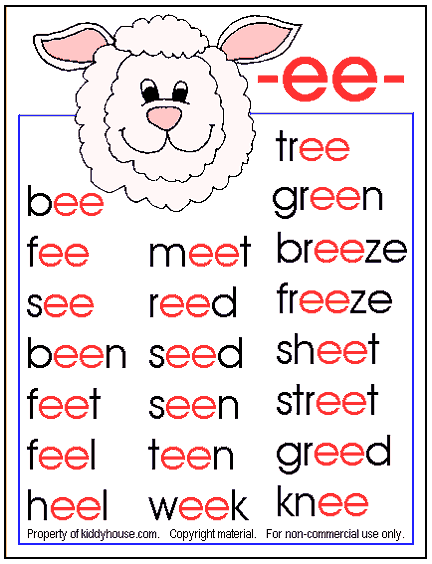Why is math important for preschoolers
The importance of math in the early years
Editor’s Note: This post was originally published on November 16, 2018. We have completely revamped and updated it for accuracy and comprehensiveness. Enjoy!
Children use early math skills every day, whether at school or at home, during their routines or at play. Getting dressed and brushing teeth, eating breakfast, going grocery shopping–all of these activities present opportunities for teaching mathematics in early childhood when approached with the right mindset.
Importance of numeracy in early childhood
Numeracy–understanding how numbers represent the world–is present in children long before they open their first math textbook. Mathematics plays a major role in a child’s development and helps children make sense of the world around them. Research has shown that babies as young as 3 months are sensitive to differences in quantity, so it’s never too soon to start teaching mathematics in early childhood education.
There are plenty of fun ways to introduce math in the classroom: songs with numbers and operations, observing patterns in nature, even geometric snack time!
Whatever your approach, the benefits of teaching mathematics to children through play are enormous. In fact, mathematical ability in the early years is a better predictor of future academic success than reading or attention. Encouraging mathematical skills in young children can also help to discourage them from forming harmful biases at an early age. Studies have shown that children express the stereotype that “math is for boys” about themselves and others as early as second grade. Even educators have been found to have biases about the mathematical abilities of female, black, and Hispanic students. Making mathematics a part of daily life from a young age helps reinforce the idea that math is for everyone.
Examples of math-focused play materials
Examples of math-focused play materials
Any of the following commonly-found items can be used as tools to help teach fundamental math skills such as adding and subtracting:
- Peg number boards
- Counting bears
- Car garages
- Magnetic 2D and 3D blocks
- Number tracing sheets
- Tangrams
- Playdough
- Books
- Puzzles
Check out more than 1,000 free developmentally appropriate activities for the classroom for more inspiration!
Teaching mathematics in early childhood
Parents and educators play an important role in early childhood development by providing opportunities for children to learn and develop new skills.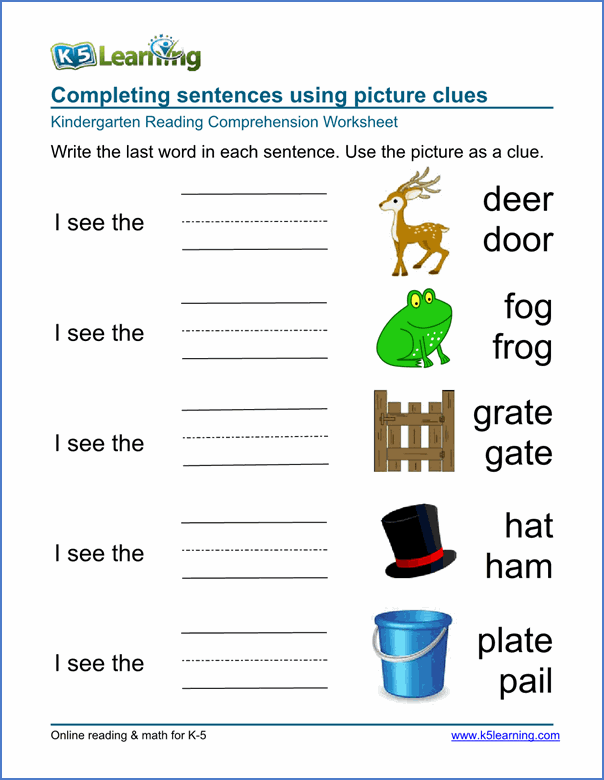 Adults need to allow children to direct their own play and support them by enhancing or extending their play. In order to give children the best chance to develop their math skills, adults must give them opportunities to:
Adults need to allow children to direct their own play and support them by enhancing or extending their play. In order to give children the best chance to develop their math skills, adults must give them opportunities to:
- Discover and create.
- Use number concepts and skills to explore.
- Develop confidence in their ability to think things through.
- Solve meaningful problems.
- Create connections to help discover relationships (e.g. characteristics).
Teaching math skills in the early years is an entire subject in its own right, but the key is to make it hands-on, cross-domain, and above all, meaningful.
Math play: examples from a preschool classroom
Measurement
This category includes ordering and comparing objects to figure out time, weight and length. For example, Kyle held up his block tower and said, “this is taller than me.” James looked towards Kyle and pointed towards the block tower. “Me too, it’s taller than me,” he said as he looked up towards the top of the block tower.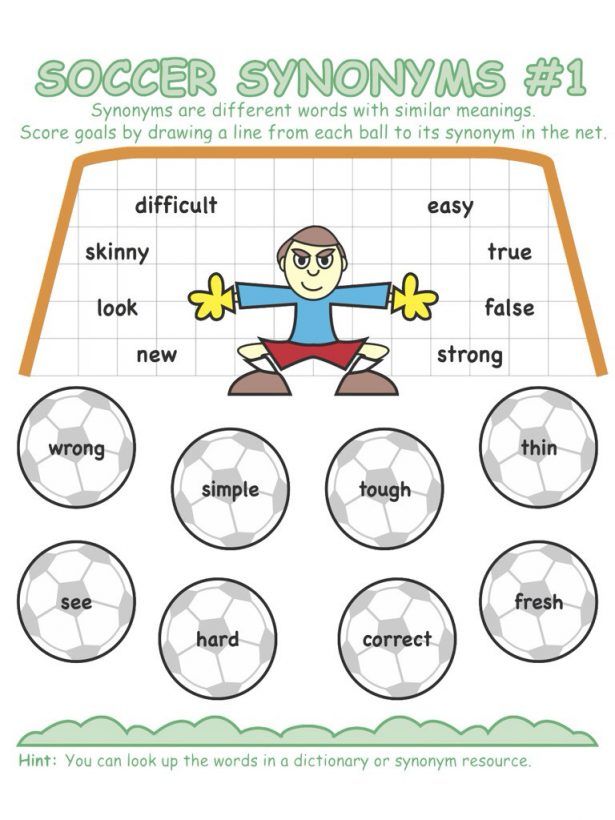 Kyle and James demonstrated how they could compare how tall the block tower is to each of their heights.
Kyle and James demonstrated how they could compare how tall the block tower is to each of their heights.
Numeracy
Also known as number sense, this category includes saying number words, writing numbers, counting, and recognizing a number of objects. For example, “1, 2, 3, 4, 5, 6, 7, 8, 9, 10,” counted Devon as he pointed towards the cars lined up on the table. “I have more than you,” he said as he pointed towards Melissa’s cars lined up. “1, 2, 3, 4, 5, 6…oh yeah,” she said as she pointed towards her cars lined up next to Devon’s cars. Devon and Melissa demonstrated counting and recognizing the number of cars they each had to compare each other’s quantities.
Pattern and shape
This category includes identifying or creating patterns and shapes. For example, Jeremy and Mira sat on the carpet next to one another in the block area. Jeremy placed a magnetic block together. “I’m making a house,” he said as he placed more magnetic blocks together. He took a magnetic block apart and said, “this needs to be over here,” and pointed at his magnetic blocks on the floor.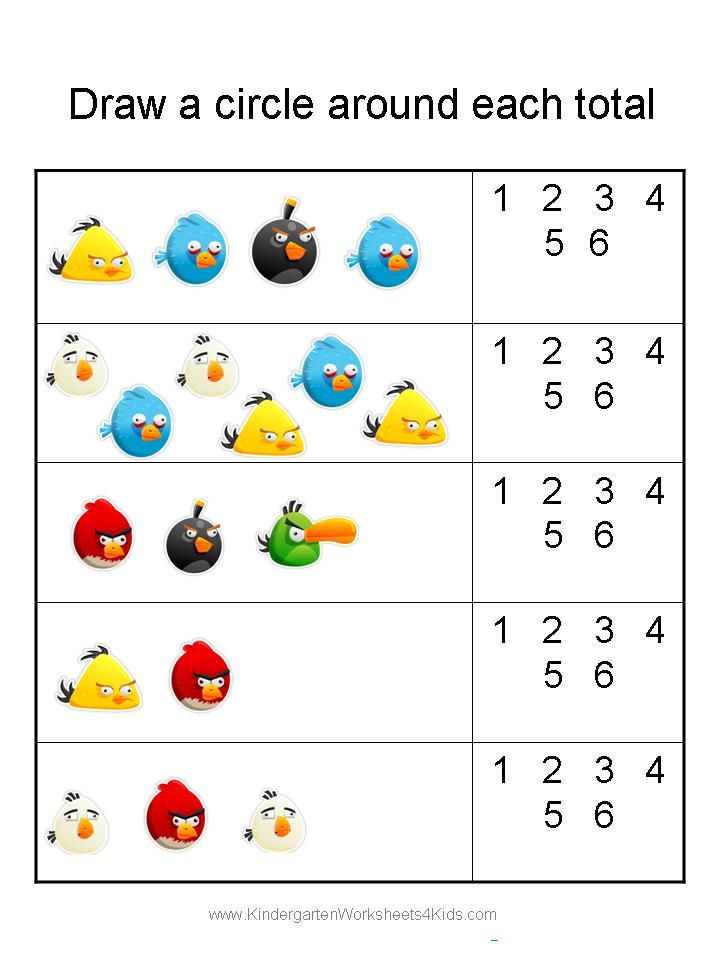 Mira looked towards Jeremy’s magnetic blocks and pointed down toward her magnetic blocks. “I’m making a pizza,” she said. Jeremy and Mira created patterns and shapes with 2D magnetic blocks to build symmetrical structures.
Mira looked towards Jeremy’s magnetic blocks and pointed down toward her magnetic blocks. “I’m making a pizza,” she said. Jeremy and Mira created patterns and shapes with 2D magnetic blocks to build symmetrical structures.
Classification
This category includes grouping or sorting objects by characteristics. For example, Casey placed a red horse into the red bowl. She picked up a blue pig and placed the blue pig into the blue bowl. “The blue pig goes in the blue pig pen,” she said. Casey was classifying by sorting the blue and red animals into the corresponding same colored bowls.
Representation
This category includes using symbols or tokens to refer to quantities and operations. For example, Sarah takes four crackers from the plate. “Four because I am four,” she said. Preetish points to his plate: “I have four grapes because I’m four, too.” Sarah and Preetish are representing their age using snacks.
Estimation
This category includes the ability to approximate values, i.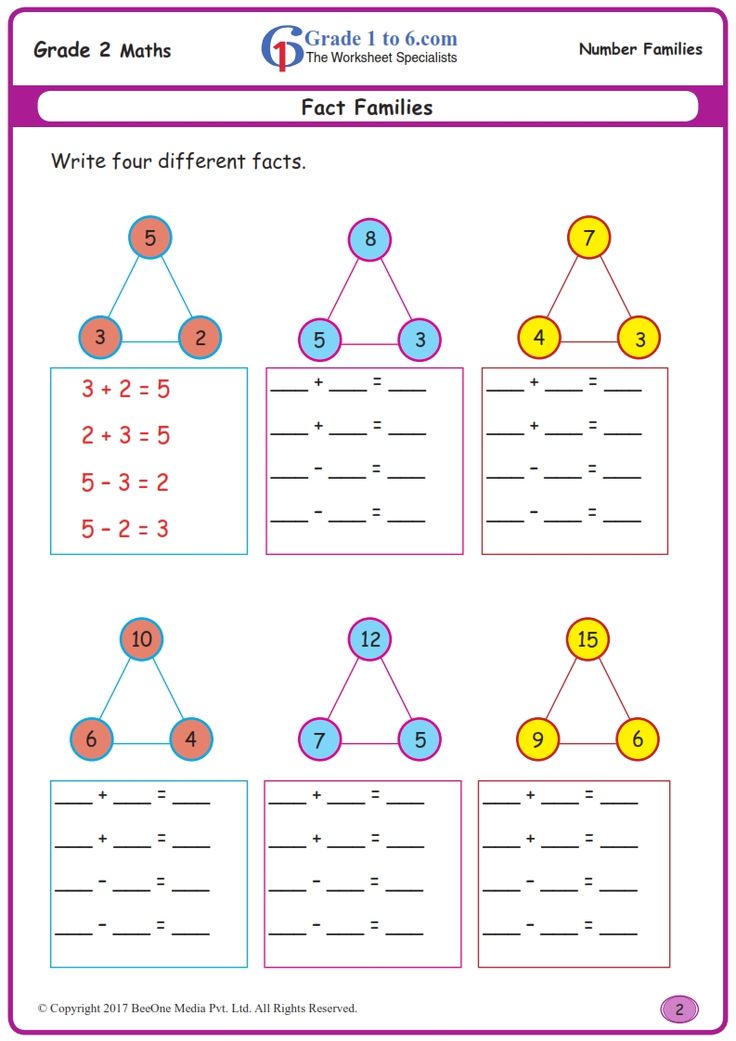 e., make an educated guess about size or quantity. For example, Jack is shown a jar filled with jellybeans and asked to guess how many are inside. “There must be a hundred jellybeans there!” he said. “I bet there’s a thousand jellybeans,” Sheena guessed. Jack and Sheena are estimating by trying to guess how many jellybeans are in the jar.
e., make an educated guess about size or quantity. For example, Jack is shown a jar filled with jellybeans and asked to guess how many are inside. “There must be a hundred jellybeans there!” he said. “I bet there’s a thousand jellybeans,” Sheena guessed. Jack and Sheena are estimating by trying to guess how many jellybeans are in the jar.
Developmental milestones in mathematics
Every child develops at their own pace, and math skills are no exception. However, having a set of milestones to refer to can help educators create developmentally appropriate lesson plans and communicate progress with parents and caregivers.
Math skills in toddlers
- Measurement: understand comparative words
- Numeracy: recite number sequences
- Pattern and shape: match basic shapes
- Classification: basic categorization
- Representation: understand numbers mean “how many”
- Estimation: experiments with size by filling containers
Math skills from age 2-3
- Measurement: compare two objects by size, height, etc.
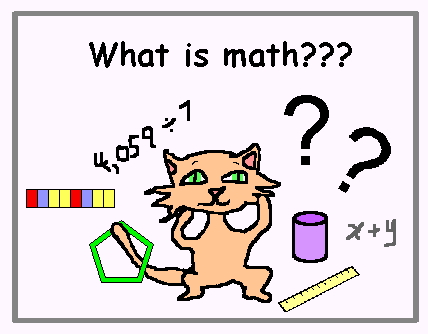
- Numeracy: counting up to 20 and accurately counting items in a group
- Pattern and shape: recognize shapes and patterns in the world
- Classification: sort objects by shape, color, etc.
- Representation: understands that numerals stand for number names
- Estimation: understands “small” vs “large” numbers (1 vs 100)
Math skills from age 4-5
- Measurement: understands basic time concepts- morning, days of the week
- Numeracy: add by counting fingers
- Pattern and shape: can draw symmetrical shapes
- Classification: understands abstract categories, such as possibility
- Representation: can use basic maps to find “hidden treasure”
- Estimation: identify the larger of two numbers expressed as numerals
Preschool activities to introduce math and counting
Gummy bear patterns: Using candy or food during a math lesson can be a great way to hold a child’s interest.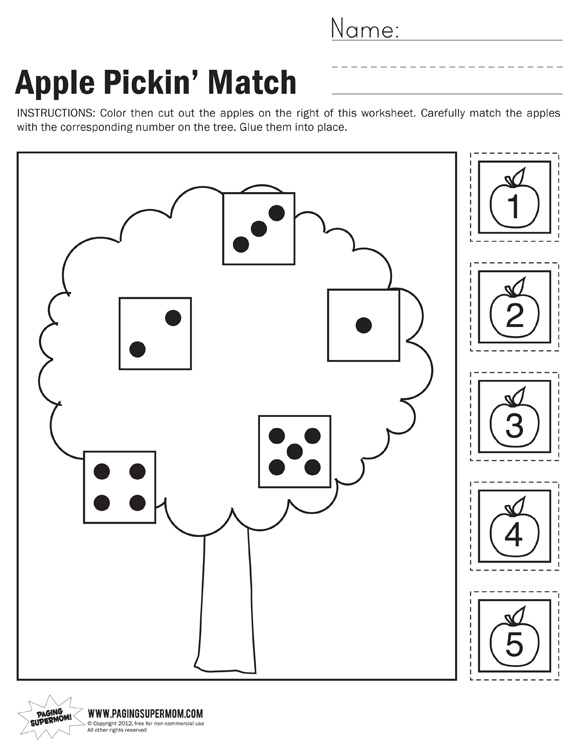 It allows them to use real world materials (candy in this case!) to create and extend patterns while practicing sorting and counting. All of these skills can easily be transferable to the classroom for circle time and worksheets!
It allows them to use real world materials (candy in this case!) to create and extend patterns while practicing sorting and counting. All of these skills can easily be transferable to the classroom for circle time and worksheets!
Roll and cover raindrops dice game: Roll, count, cover! It’s as easy as 1, 2, 3….4, 5, 6! Grab a game die, print out our printable, and use small rocks or beads to cover the numbers!
Fishy, fishy math: Fish crackers are a yummy snack, but they can also be used to learn pre-math skills such as counting, grouping, and patterning!
Counting stars: Combine children’s love for stickers to make a beautiful starry sky with our counting stars activity.
Finger shapes: Sing a song about shapes while using fingers to make them.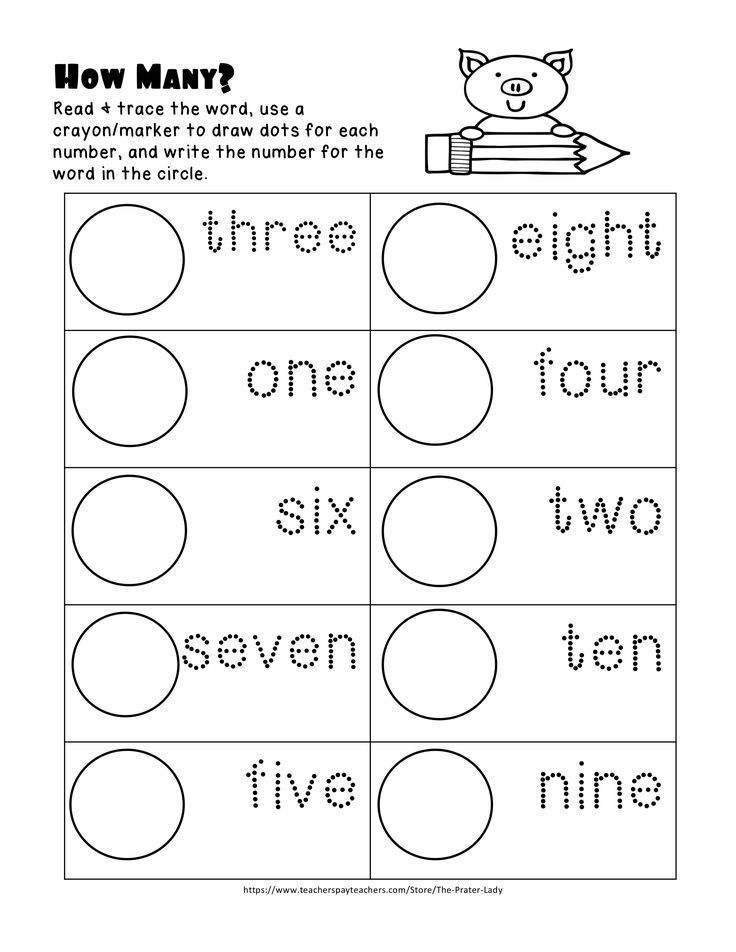 No materials needed!
No materials needed!
Recommended books for math concepts
Counting and Numbers
Chicka Chicka 1,2,3 by Karma Wilson – This is a fun book, which gives children the opportunity to read, count and learn about numbers.
Patterns
Pattern Bugs by Trudy Harris – This is a visual book, which uses language and illustrations to show many different patterns. This is a great book for repetition and pattern learning.
Sorting
A Pair of Socks By Stuart J.Murphy – This is a great book that teaches children about matching, specifically matching socks to one another.
Shapes
The Shape of My Heart by Mark Sperring – This sweet book teaches children about the many shapes found in the world.
Colors
Pete the Cat: I Love My White Shoes by James Dean and Eric Litwin – This book is fun and always gets the children excited. This book is about a cat named Pete who walks down the street in his new pair of white shoes, but along the way, his shoes change colors (e.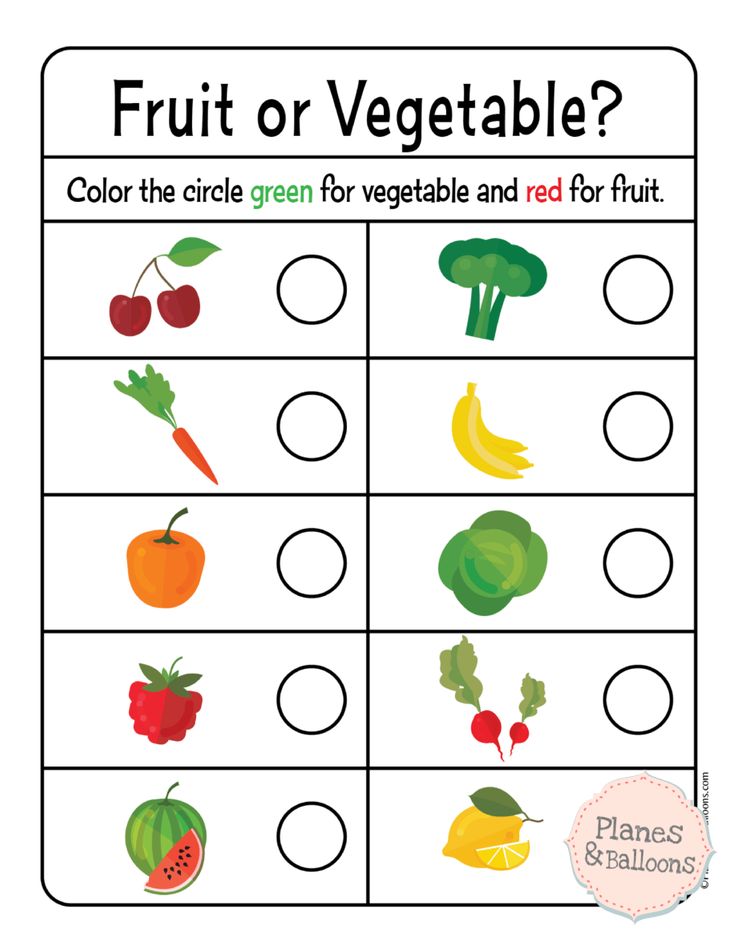 g. red, blue, brown) as he steps into different things.
g. red, blue, brown) as he steps into different things.
Math is an important part of learning for children in the early years because it provides vital life skills. They will help children problem solve, measure and develop their own spatial awareness, and teach them how to use and understand shapes.
Math matters
Math is an important part of learning for children in the early years because it provides vital life skills. Even in the early years, mathematics helps children problem solve, measure and develop their own spatial awareness, along with how to use and understand shapes. And, the best part is that your lesson plan for teaching mathematics in early childhood is limited only by your imagination!
Download our FREE Preschool Progress Report Template to help track your children’s development in mathematics and other domains!
Why is Math Important in Early Learning? — Good2Know Network
Natalie Hendricks
Tips & Tools
Natalie Hendricks
Tips & Tools
Early literacy is regularly discussed in conversations about early learning, while early math skills, are often not given as much consideration.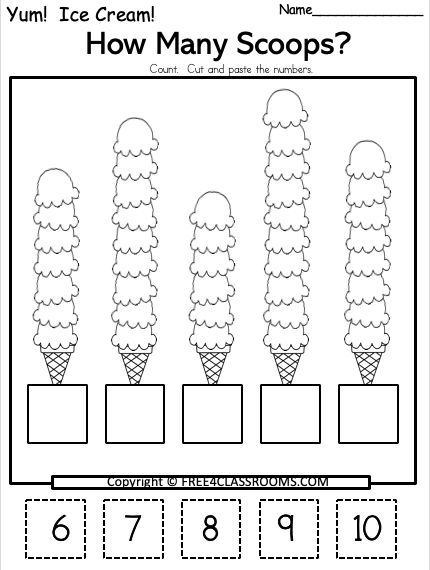 Preschool and early learning curriculum emphasizes writing, learning letters, and word identification as part of kindergarten readiness, while giving little or no attention to number sense and basic math concepts, which are also important skills for children to know as they enter elementary school.
Preschool and early learning curriculum emphasizes writing, learning letters, and word identification as part of kindergarten readiness, while giving little or no attention to number sense and basic math concepts, which are also important skills for children to know as they enter elementary school.
In fact, math curriculum is often almost completely left out of a typical preschool schedule. The University of Denver shared that researchers have calculated only 58 seconds per day of math instruction in preschools where children spend six hours a day.
Why is Math Important in Early Learning?
Introducing math-oriented activities to children before kindergarten, helps set them up for academic success in elementary school and beyond. A 2007 study entitled School Readiness and Later Achievement found that early math skills are one of the best predictors of later success. The research was organized by economist and education professor, Greg Duncan, who is a national expert on the importance of strong early math skills.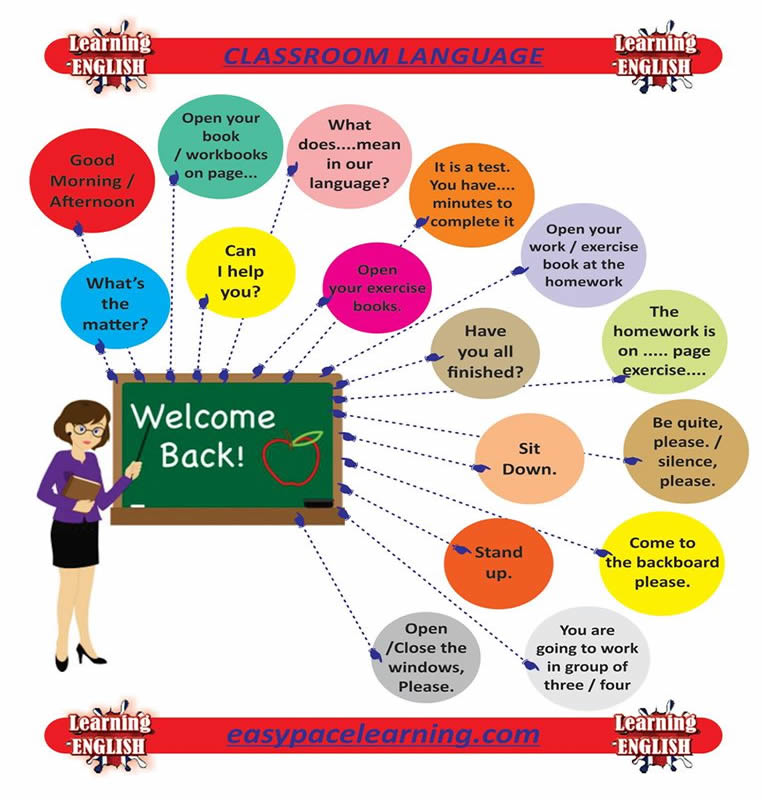 Duncan explains, “Math coming into school is important because kids who do well in math early on tend to do very well in school. And math is important later on because kids who do well in math in high school end up doing well in the labor market.”
Duncan explains, “Math coming into school is important because kids who do well in math early on tend to do very well in school. And math is important later on because kids who do well in math in high school end up doing well in the labor market.”
In addition to setting children up for later academic success, math skills are foundational for important skills such as critical thinking and logic. Dr. Jie-Q Chen, professor of Child Development at the Erikson Institute, principal investigator of the Early Math Collaborative, and co-author of Big ideas of early mathematics: What teachers of young children need to know explains that “math is the language of logic...math builds reasoning, which leads to comprehension. Developing a mentally organized way of thinking is critical.”
The Basics
Concordia University Portland shares three basic math skills that children should learn in preschool to build a foundation of understanding.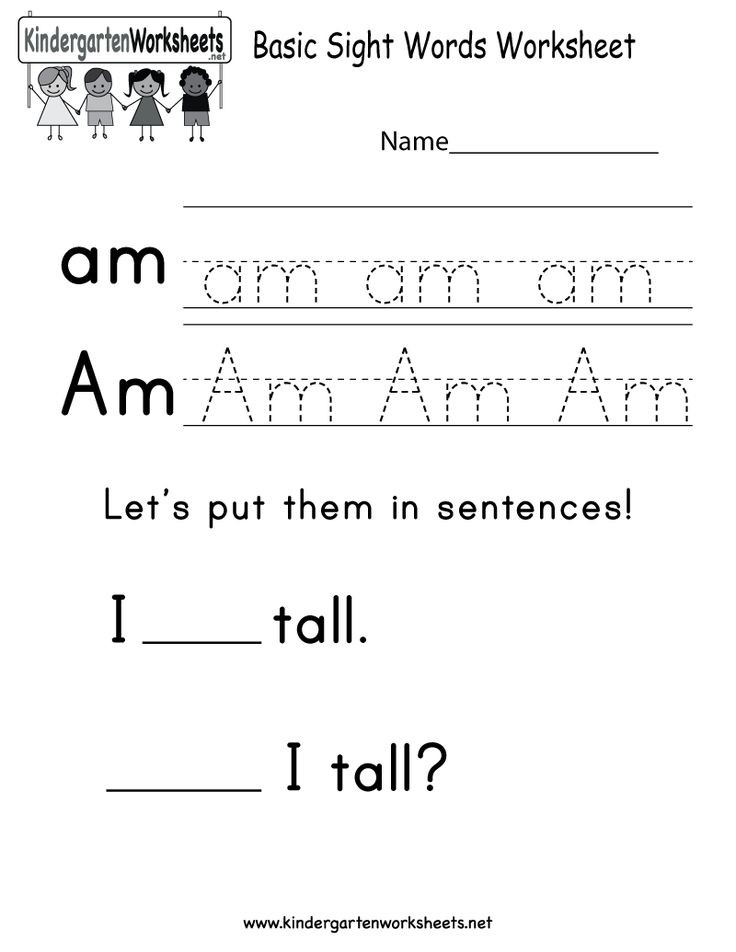 When children understand these concepts early, elementary teachers are able to focus on the application of the concepts and children are better prepared to learn more advanced skills.
When children understand these concepts early, elementary teachers are able to focus on the application of the concepts and children are better prepared to learn more advanced skills.
Number sense: Number sense is the first step in math awareness. It describes the basics of learning about numbers, including counting forwards and backwards in order to understand the relationship between numbers.
Learning numbers through representation or pictures: From a young age, children can build relationships between numbers and represented items. Numbers can be represented with objects, pictures, or family members as a way to make the concept more real and less abstract to young learners.
Adding and subtracting: Adding and subtracting are more advanced skills that should be taught after the introduction of number sense and representation. The basics of addition and subtraction can be introduced through normal daily interactions between children, such as sharing and counting snacks, blocks, or crayons.
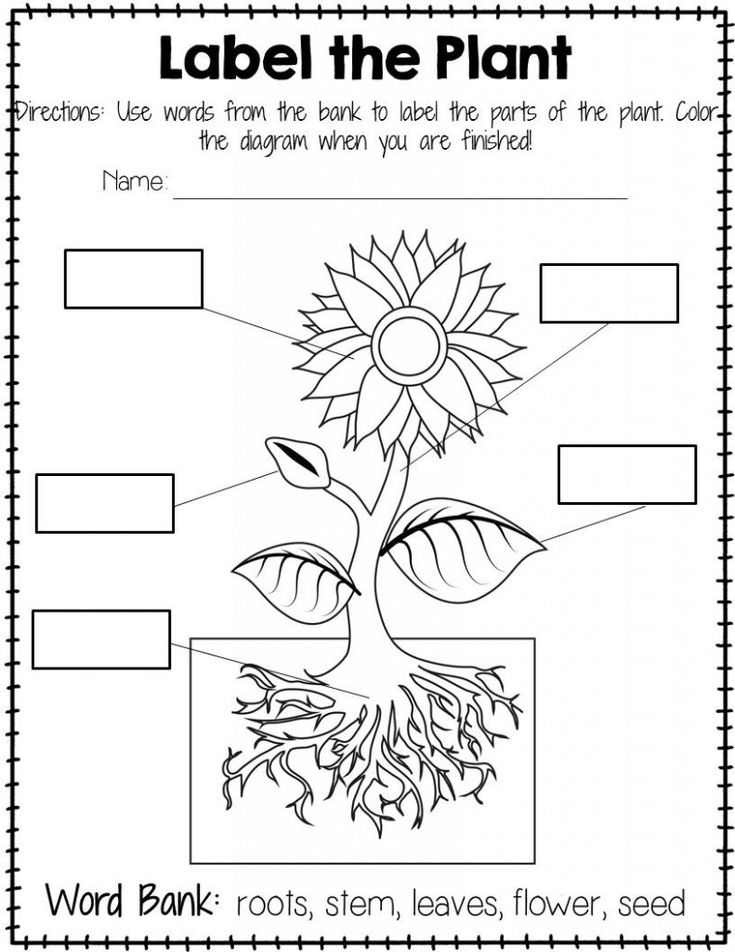
Circle Time Math
Dr. Deborah Stipek of Stanford University notes that Circle Time offers a great opportunity to introduce and reinforce math concepts. She recommends the following concepts and Circle Time activities:
Numbers and Operations
Children can work on counting, adding, and subtracting during circle time. Counting by category deepens children’s number sense. Ask, for example, how many boys, how many girls, and how many children in total are in the classroom.
Patterns
Preschoolers enjoy working with rhythmic and visual patterns, and these are a great way to introduce math skills. During circle time, have children follow your lead in clapping out different rhythmic patterns and then talk about the pattern-- “three loud claps, one soft clap, one stomp.” Find patterns in children’s clothing and around the room, such as stripes, checkers, and dots.
Measuring
Comparing various sizes, such as the height or length of arms and legs can help children develop a basic understanding of measurement.
Shape and Space
Encourage children to discuss the shapes they see, by asking them to find items that have triangles, squares, circles and then comparing each shape to notice the differences. Many children’s books introduce shape and space math concepts and can be enjoyed with children during circle time.
Tagged: classroom & curriculum, STEM & numeracy
Return To G2K Info-Hub Home Page
The benefits of mathematics for children | eSchool.pro
Of course, any knowledge and activities contribute to the development of the child. However, parents often wonder what benefits a particular science can bring to a child in society. Especially when the answer to such a question is required by the student himself, who may not quite like this subject. Next, consider the situation specifically on the example of such a science as mathematics and how it can be useful in life.
First , whatever one may say, we cannot do without mathematics in our daily life, every day we apply the received theoretical knowledge in mathematics in practice.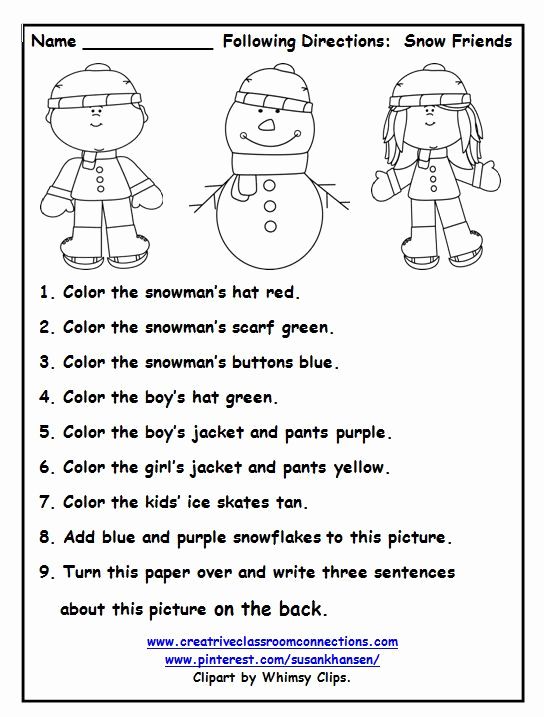 For example, filling out an invoice for payment, calculating the percentage of a loan in a bank, calculating various taxes, or thinking through and distributing a family budget for a month or a year. Here, the ability to plan and forecast ahead is useful everywhere. Even if you choose a tariff for a phone or Internet home, this also includes a mathematical comparison of benefits. Simply put, the knowledge of mathematics will not allow us to be deceived in modern society. Compared to the past, there are many more situations in life now in which a person is faced with the fact that he has to know mathematics in order to determine a more profitable solution. Therefore, it is necessary to clearly show the child how necessary mathematics is in our life.
For example, filling out an invoice for payment, calculating the percentage of a loan in a bank, calculating various taxes, or thinking through and distributing a family budget for a month or a year. Here, the ability to plan and forecast ahead is useful everywhere. Even if you choose a tariff for a phone or Internet home, this also includes a mathematical comparison of benefits. Simply put, the knowledge of mathematics will not allow us to be deceived in modern society. Compared to the past, there are many more situations in life now in which a person is faced with the fact that he has to know mathematics in order to determine a more profitable solution. Therefore, it is necessary to clearly show the child how necessary mathematics is in our life.
Second , scientists have proven that knowledge of mathematics contributes to the development of intelligence of a child . In order for the child to be able to find a way out of a seemingly impasse and difficult situation in the future, it is necessary at school age to develop the ability to think logically, to determine new unusual solutions by chains and connections.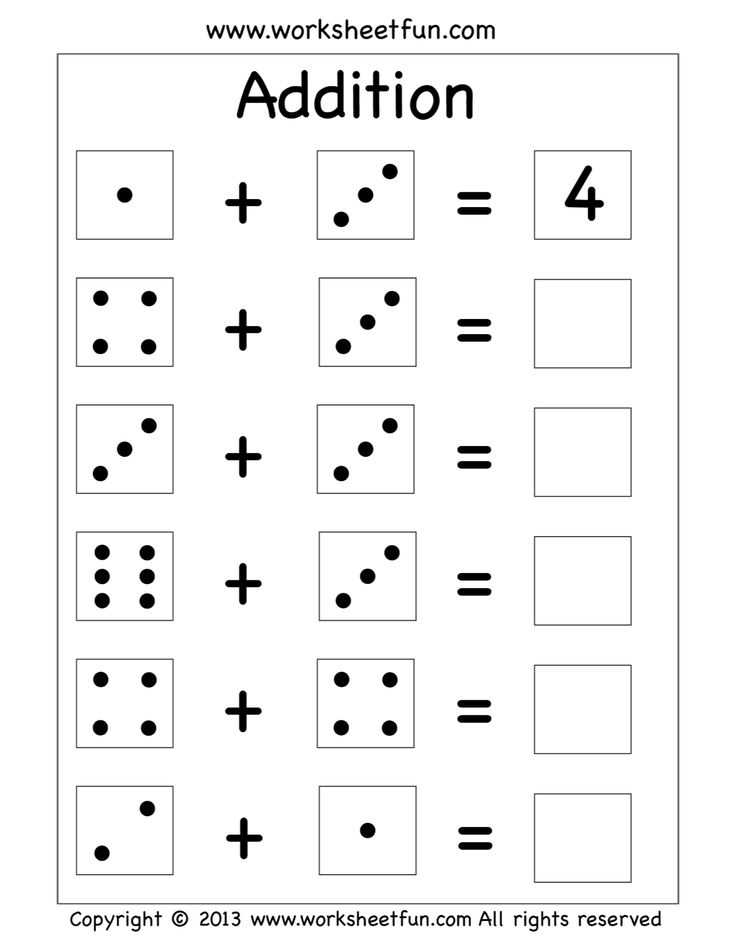 Mathematics helps children a lot in this, it creates in the child's mind, as it were, an abstracted path for analyzing and summarizing existing, accumulated knowledge. By training the mind and memory, and increasing the speed of thinking by solving problems and examples, the child also learns to find the best option for action, which contributes to the development of intelligence and resourcefulness. The child who is “befriends” with mathematics, learns to notice patterns and, based on data analysis, draws correct conclusions. Mathematics also helps to acquire such a quality as competent and clear formation of thoughts.
Mathematics helps children a lot in this, it creates in the child's mind, as it were, an abstracted path for analyzing and summarizing existing, accumulated knowledge. By training the mind and memory, and increasing the speed of thinking by solving problems and examples, the child also learns to find the best option for action, which contributes to the development of intelligence and resourcefulness. The child who is “befriends” with mathematics, learns to notice patterns and, based on data analysis, draws correct conclusions. Mathematics also helps to acquire such a quality as competent and clear formation of thoughts.
Thirdly , mathematics helps the child in the formation of his character. Science Mathematics educates and develops in a child such qualities as perseverance responsibility concentration 0003 precision and precision .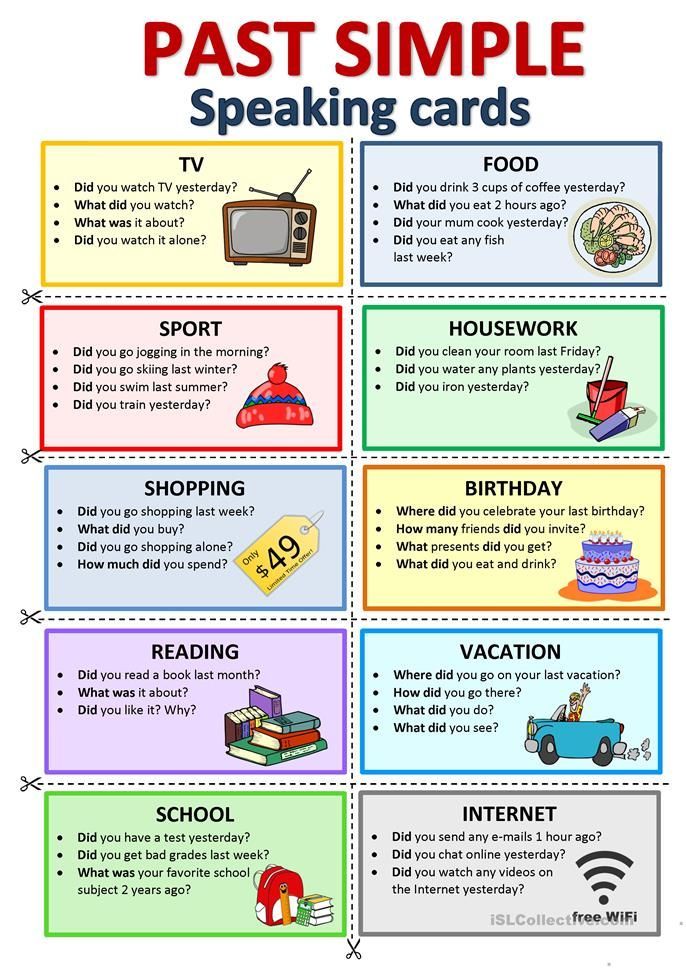 Undoubtedly, to achieve success in life it is not possible to do without these qualities. If you regularly devote time to mathematics, the child eventually develops a diligence reflex over the task, the ability to concentrate and go to the end to the goal, from which self-esteem and self-confidence grow, which plays an important role for the formation of a harmoniously developed personality.
Undoubtedly, to achieve success in life it is not possible to do without these qualities. If you regularly devote time to mathematics, the child eventually develops a diligence reflex over the task, the ability to concentrate and go to the end to the goal, from which self-esteem and self-confidence grow, which plays an important role for the formation of a harmoniously developed personality.
Fourth, , knowledge of mathematics greatly expands the boundaries for choosing an interesting and successful profession. Even if the child has the talent and ability to be creative, and if we add to this the ability to think mathematically and logically, then such a specialist will be in demand in any field of activity and will not have to choose a narrow specialization for development. The lack of basic knowledge of mathematics deprives a person of many advantages in life.
In conclusion, I would like to quote Lomonosov's great thought:
Mathematics only then needs to be taught, that it puts the mind in order.
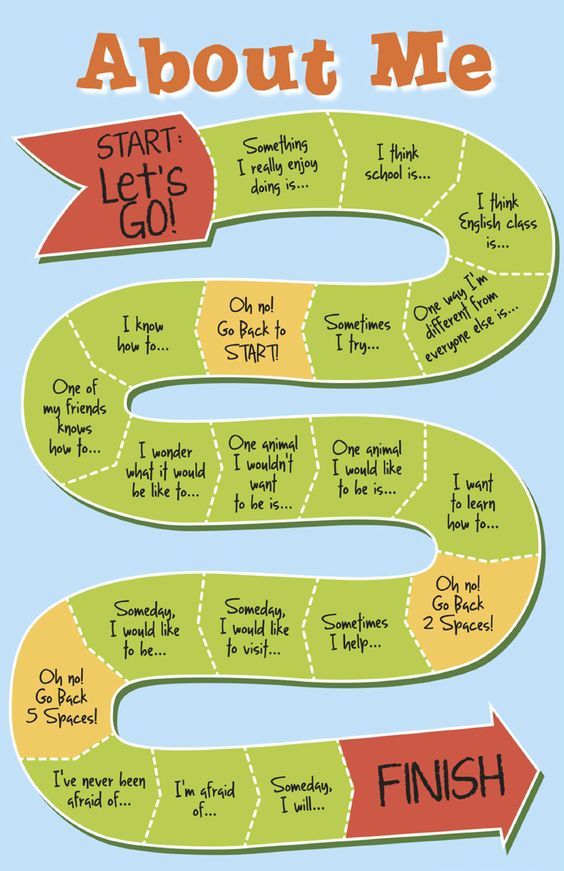
Of course, it is not at all necessary to study all the textbooks in the world, or study a course in trigonometry or higher mathematics, the main thing is that the child's head is constantly working, so that the task requires him to search for solutions. Various puzzles and 9 can help with this.0003 intellectual games . An innovative approach to teaching children is what the eSchool.pro project offers to modern schoolchildren and their parents . The site presents a huge number of topics on the two most important school disciplines - mathematics and the Russian language. All tasks are built in the form of interactive online learning, which interests children from the first minute until the solution of the task. Many different questions and directions guarantee an exciting and informative pastime for schoolchildren. Here the child can apply his knowledge and find the best solution for each question.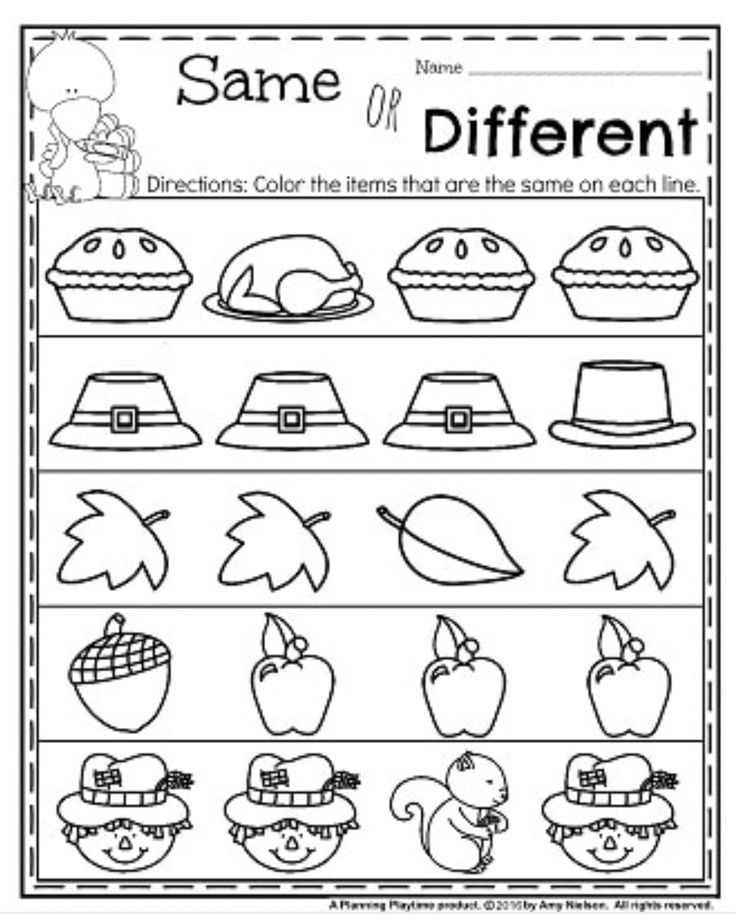 This type of activity is very popular with children preschoolers and schoolchildren , as it is both entertaining and educational. It will be interesting for any little one to participate in the process of determining the correct answer in solving interactive problems in the Russian language and mathematics.
This type of activity is very popular with children preschoolers and schoolchildren , as it is both entertaining and educational. It will be interesting for any little one to participate in the process of determining the correct answer in solving interactive problems in the Russian language and mathematics.
VP Urlapova — Do preschoolers need mathematics?
Some people are perplexed by the fact that there is no mathematics in the curriculum of the Russian Classical School for preschoolers. Indeed, in the modern world, children begin to be taught this subject, if not from the cradle, then from the age of three, for sure. The reasons for such a difference in the systems of preparation for school have already been mentioned: the RKSH program in arithmetic is structured in such a way that this preparatory link is simply not required. Children perfectly master this subject from its study in the first grade without any additional preparations.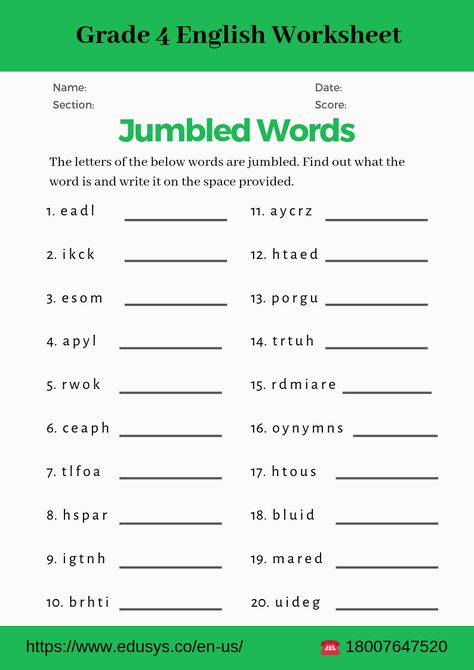 Therefore, the time that is usually spent on mathematics in various courses could be used to a greater advantage for the child. Well, for parents too.
Therefore, the time that is usually spent on mathematics in various courses could be used to a greater advantage for the child. Well, for parents too.
What a preschooler needs
A natural question arises: what does it mean “with greater benefit”? What is so more useful than developing activities that a child can be occupied with? Isn't the goal of childhood in development, in preparation for a future successful life?
I will make a reservation right away that there are unusual children, brilliant, in general - children whose development does not obey one or another pattern of developmental psychology. It will not be about them, but about the most ordinary average kids, who are in the majority and to whom these patterns apply. Which, however, does not at all prevent each of them from being a unique and inimitable child.
We know from psychology that the leading activity of preschool childhood is play. And leading activities are such actions that are not only very pleasant to do at this age (we all know how children love to play), but also the most useful.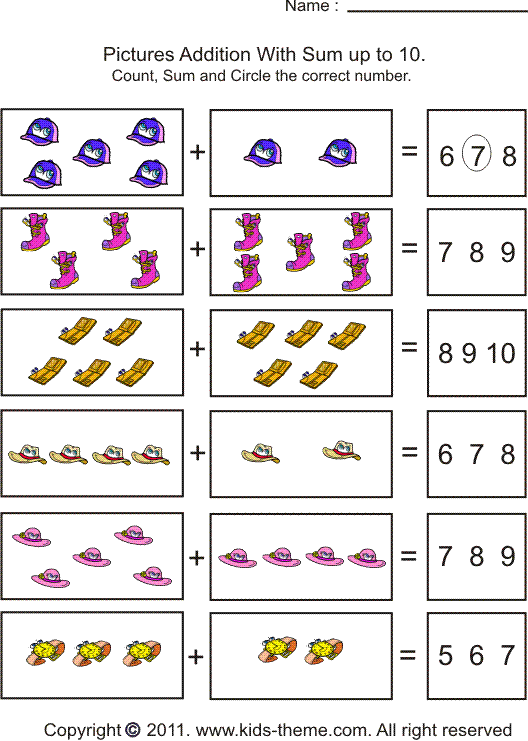 The fact is that by engaging in precisely this leading activity for his age, the child best of all cognizes the world, himself and develops in himself those personality traits that are important for his future life and which are just the best formed precisely at this age and in these lessons. Simply put, this is the activity in which the development of children is most concentrated.
The fact is that by engaging in precisely this leading activity for his age, the child best of all cognizes the world, himself and develops in himself those personality traits that are important for his future life and which are just the best formed precisely at this age and in these lessons. Simply put, this is the activity in which the development of children is most concentrated.
A child can do many things, but the developmental possibilities of different activities are different. For example, in infancy, the leading activity is emotional communication with the mother. If this communication is not enough, then the child will lag behind in speech, emotional and physical development, even if the mother spends a lot of time and effort on making and hanging various cards around his crib. From a year to three there is an active action with objects, during which the knowledge of the world takes place, the development of the capabilities of one's body and the development of the language.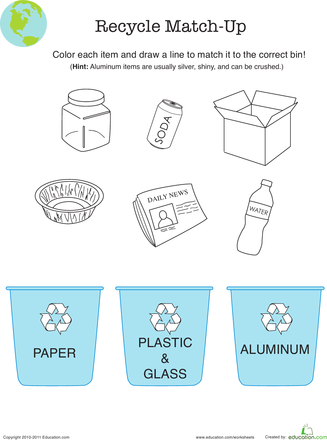 If a child of this age is deprived of verbal communication and the ability to actively move in space and act with objects, explore the world with all the senses, then the result will be a delay in psychomotor, speech and intellectual development. For preschool age, any game becomes such an activity - free role-playing, with toys, mobile, board.
If a child of this age is deprived of verbal communication and the ability to actively move in space and act with objects, explore the world with all the senses, then the result will be a delay in psychomotor, speech and intellectual development. For preschool age, any game becomes such an activity - free role-playing, with toys, mobile, board.
The task of preschool childhood consists primarily in the formation of personal qualities, in particular the ability to arbitrarily organize one's actions in accordance with the goal. To do this, you need to subordinate some desires and aspirations to others, more important at the moment. The child will need this skill not only in future studies, but throughout his entire future life, because without it it is impossible to complete any serious business. Of course, a person develops and improves this ability throughout life, facing difficult tasks and serious obstacles on the way to goals. But it is laid and trained precisely in the game, because this is a transitional type of activity: on the one hand, there you need to achieve some goals, follow certain rules, slow down your spontaneous impulses, and on the other hand, it’s not very difficult, because it’s interesting .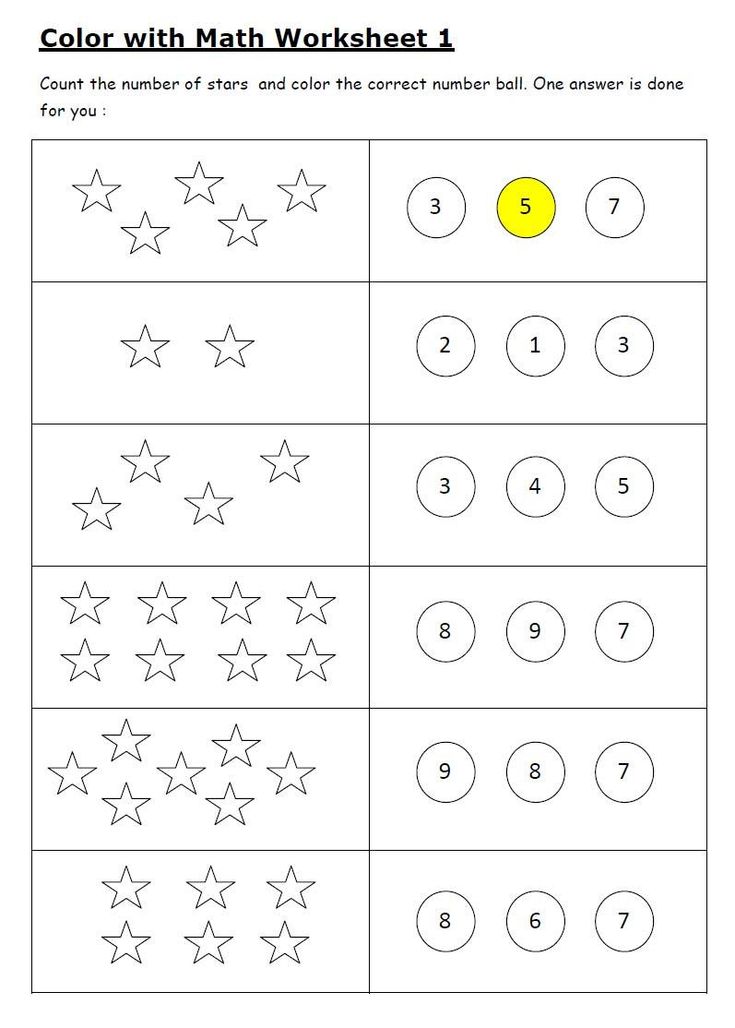 A strong game motive captivates the child and compensates for the lack of strong-willed qualities, so it is much easier to make these efforts than, say, in study or work. From this point of view, an hour of playing hide-and-seek or, say, mother-daughter, gives a preschooler more than an hour of intensive study of the multiplication table.
A strong game motive captivates the child and compensates for the lack of strong-willed qualities, so it is much easier to make these efforts than, say, in study or work. From this point of view, an hour of playing hide-and-seek or, say, mother-daughter, gives a preschooler more than an hour of intensive study of the multiplication table.
In addition to the strong-willed qualities of the individual, the game develops communication skills, the ability to negotiate, resolve conflicts, lead and obey the rules, helps to overcome children's egocentrism. Playing various roles, the child, as it were, overcomes the boundaries of his own "I", looking at the situation through the eyes of one or another character. In the game, knowledge of the world of human relationships takes place and the ability to build them is formed.
To sum up: a preschool child needs to play a lot. The bigger, the better. With adults, with other children and even alone with toys. Here I do not mean computer games - they have their own specifics, for a developing personality, more destructive than creative.
The second point that is important for the development of children is actually immersion in real life, participation in it. For preschoolers, these are various joint activities with adults - from ordinary dishwashing to sewing clothes for a doll together with mom or building a kennel for a dog in a summer cottage with dad. And here you don’t need to invent anything - there are always a lot of such cases! For example, cooking some delicious or, conversely, the simplest dishes. Almost all children love to sculpt pies, buns, buns from dough. And what a pleasure for a girl (and for a boy too) to help her mother cook soup, cut vegetables! And the first time you boil an egg yourself - it's just magic! Family preparation for the holidays! There are also routine things that, it would seem, no one wants to do and does not like to do, but they can also be attractive for a child if they are done together with their mother. Put things in order in the closet with clothes, wash the floor, clean the room .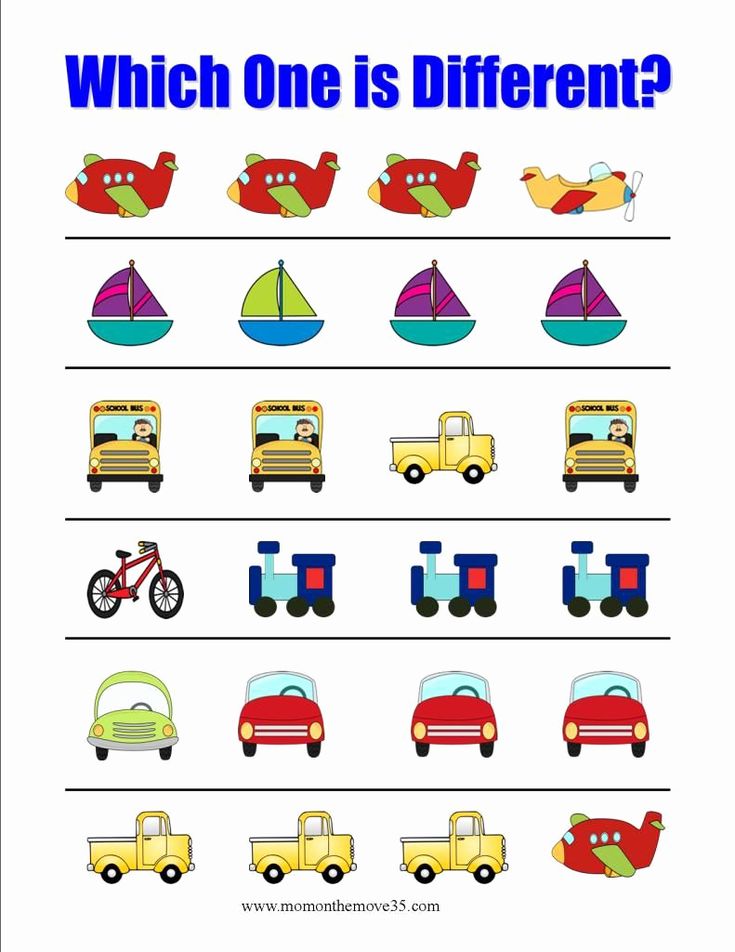 .. But you never know what to do in the house! And, of course, reading together is an excellent means of educating feelings, forming values, and broadening one's horizons.
.. But you never know what to do in the house! And, of course, reading together is an excellent means of educating feelings, forming values, and broadening one's horizons.
Now many children are placed from an early age in some kind of artificial, refined environment specially allocated for them: kindergartens, various development groups, children's rooms and other entertainment areas in various places visited by parents. Wherever possible, children are isolated from adults; they live, as it were, in parallel realities. Even at home, we often distinguish between these two realities: “Now I’ll cook dinner, and then I’ll take care of the child”, “Do something yourself, I need to wash the dishes!” As a result, children see mainly the world that is organized specifically for them, and not the world in general. But it is precisely in the first years of life, while the child perceives everything uncritically, without the prism of teenage skepticism, that parents have the opportunity to influence his worldview, interests, ideals, values and standards, in accordance with which he will build his life, form useful habits and skills, strengthen the attachment that will mitigate, if not prevent, future teenage crisis.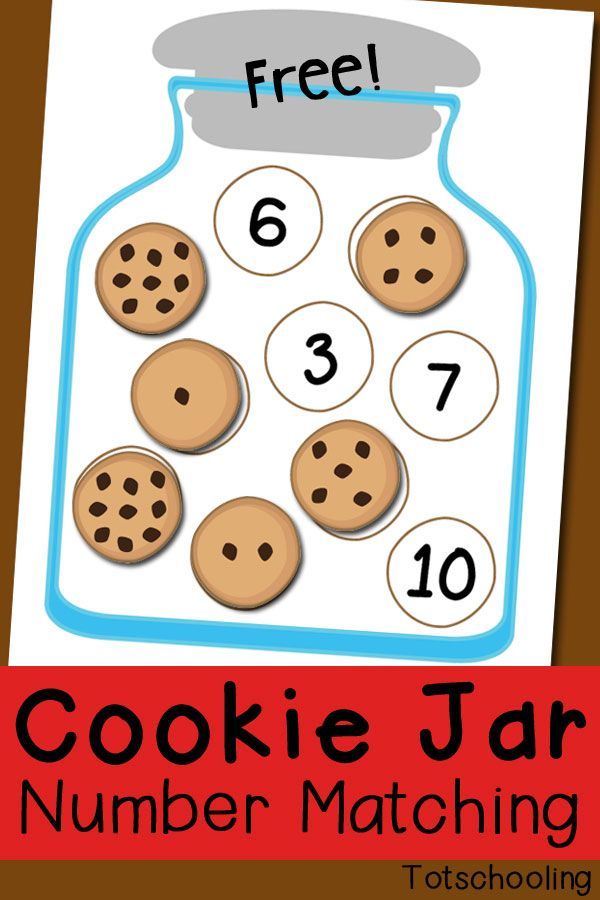 But - for that adult who will be next to him, with whom the child will live one common life.
But - for that adult who will be next to him, with whom the child will live one common life.
Therefore, the third important factor is free communication with an adult: about joint affairs, about what is happening; in general, any heart-to-heart conversations, telling stories from life, explaining how the world works. Parents should be available and open to conversation so that the child has the opportunity to get wise answers to all "why".
How nice it would be if all children had the opportunity to live through the preschool period without being separated from their families, in close contact with their parents! But this is not always possible. Therefore, in our time, when most preschoolers are at home awake for no more than 2-3 hours a day, between kindergarten and going to bed, the best option is to simply live these 2-3 hours with the children. Do household chores together, play games, prepare for tomorrow, talk about this and that, read a good book at night or tell a story.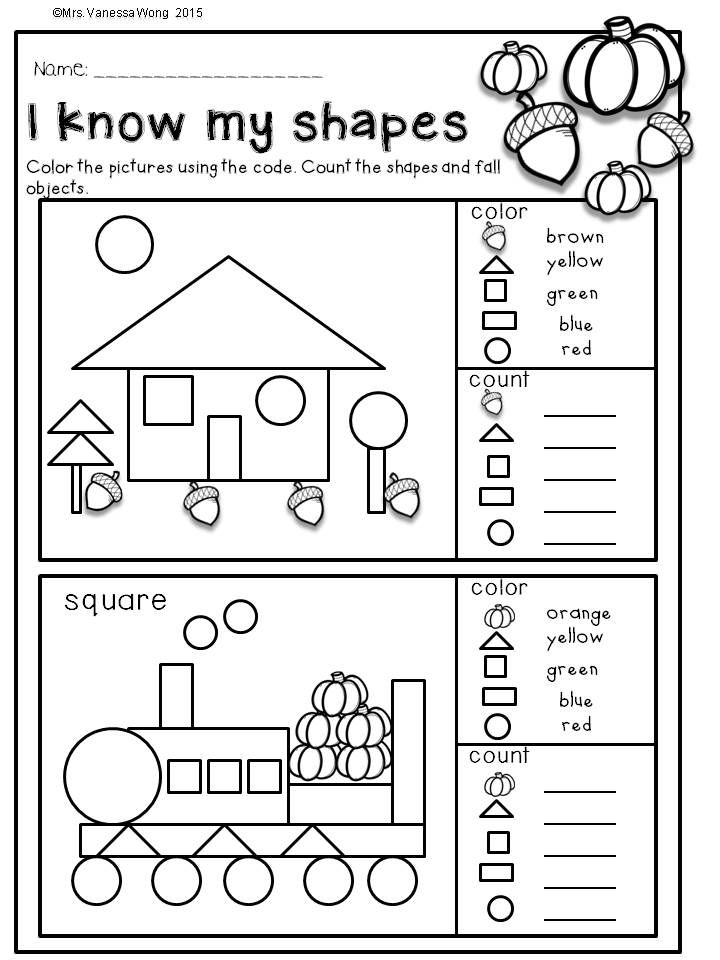 There is simply no time left for some specially organized classes. And you don’t have to constantly occupy the child - just let him into your life!
There is simply no time left for some specially organized classes. And you don’t have to constantly occupy the child - just let him into your life!
Should I do mathematics?
If we focus on the nature of the child, on his age characteristics, then the best mathematics for him is the mathematics of real life, and not various developing-teaching-advanced methods that involve sitting at desks with workbooks. After all, it is worth taking a closer look, and you can see that our whole life is permeated with mathematics. If children are not isolated from life, but are included in it with us, then they, like us, are immersed in the world of mathematics. And the task of an adult in this period of a child’s life is not to find some kind of miracle technique, but to reveal this world for him, to designate this mathematical edge of everyday life and the world around. This is a very interesting, creative task - to learn to see mathematics in life and talk about it with children in a language they understand.
Numbers surround us everywhere. A number for a preschooler is the same subject as others. Here comes the eighth tram. It says "8" on it, so it's the eighth. We live on the seventh floor, so when we need to go up, we always press the button with the number "7", and when we go down, we press "1", because this is the exit - downstairs, on the first floor.
However, the figure itself is of little value. It is much more useful to master natural counting. The thinking of a preschooler is somewhat similar to the thinking of the ancient Greeks: the number does not yet exist in isolation from its material embodiment - it, like the word, is not yet perceived as a sign, it is merged with sensory experience, is, as it were, a property of the perceived world. It is this property that needs to be gradually designated, revealed, made understandable for the child, but not to tear the number from the world, not to turn it into an emasculated abstraction!
A three-year-old made a sand cake, and you made another one: "Now we have two cakes - one, two.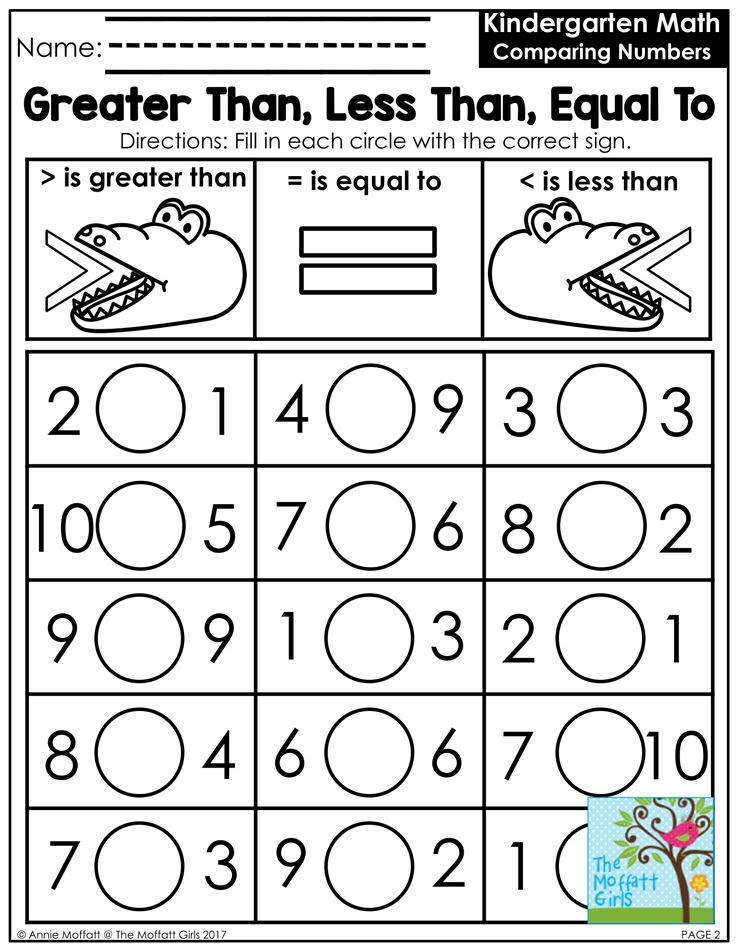 " We collect toys, go home: “We had three molds - one, two, three. All the molds have been collected, nothing has been forgotten!” We bought a bicycle: “You have a tricycle. Let's count the wheels: one, two, three. One in front, two in back. Misha is big, so he has a two-wheeled bicycle. Look: one in front and one in back too. And together - two: one, two. When you grow up, we will also buy you a two-wheeled bicycle!” We go up the steps - you can count the steps, living this count through your steps. We went camping, and the child was tired: “Well done, you walked as much as five kilometers today! This is more than last time, then we only walked three kilometers! And he himself already felt with his feet that more. We knead the dough for the pie with my daughter: “We need to take three eggs, six tablespoons of sour cream, two tablespoons of sugar and one spoon of salt, two glasses of flour.” We count, we ask our daughter to help - bring the right amount of eggs, add the right amount of sugar, salt, flour .
" We collect toys, go home: “We had three molds - one, two, three. All the molds have been collected, nothing has been forgotten!” We bought a bicycle: “You have a tricycle. Let's count the wheels: one, two, three. One in front, two in back. Misha is big, so he has a two-wheeled bicycle. Look: one in front and one in back too. And together - two: one, two. When you grow up, we will also buy you a two-wheeled bicycle!” We go up the steps - you can count the steps, living this count through your steps. We went camping, and the child was tired: “Well done, you walked as much as five kilometers today! This is more than last time, then we only walked three kilometers! And he himself already felt with his feet that more. We knead the dough for the pie with my daughter: “We need to take three eggs, six tablespoons of sour cream, two tablespoons of sugar and one spoon of salt, two glasses of flour.” We count, we ask our daughter to help - bring the right amount of eggs, add the right amount of sugar, salt, flour .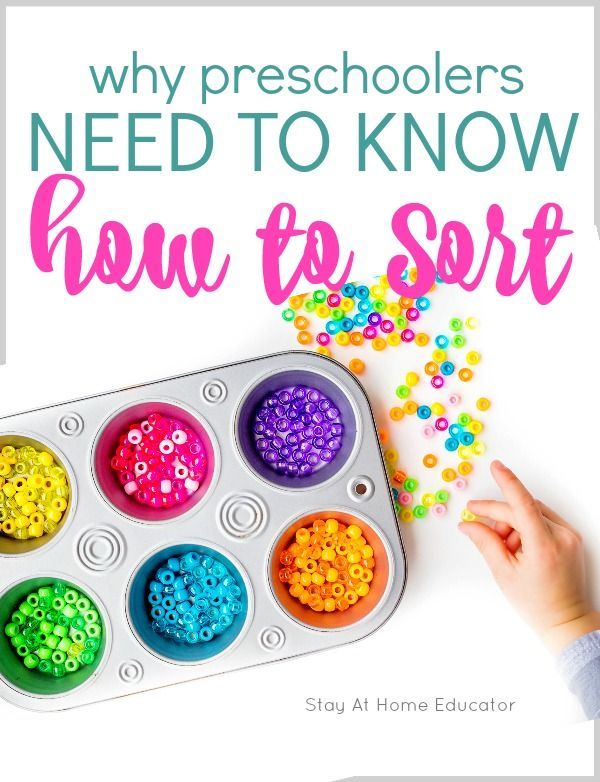 .. We divide the cake into five equal pieces - there are five of us in the family! And everything is casual, unobtrusive, because mathematics is not the main thing yet, the main thing is life. And the game.
.. We divide the cake into five equal pieces - there are five of us in the family! And everything is casual, unobtrusive, because mathematics is not the main thing yet, the main thing is life. And the game.
And how much natural mathematics in the yard games! It is a pity that now children play little in them - for older preschoolers, and for younger students, this is just a storehouse of mathematical experience! Here's the hide-and-seek: “I count to five, I can't count to ten. One, two, three, four, five - I'm going to look! - Here's the number line. With the expansion of the playing space, it will need to be lengthened, because it is impossible to hide while counting to five. Do you remember the game of rubber bands from childhood, when two people hold the rubber band with their feet, and the third one jumps, performing various figures? This game develops both counting skills (first, second, third heights; at the first height there are ten "tricks", at the second - five, at the third - three, etc.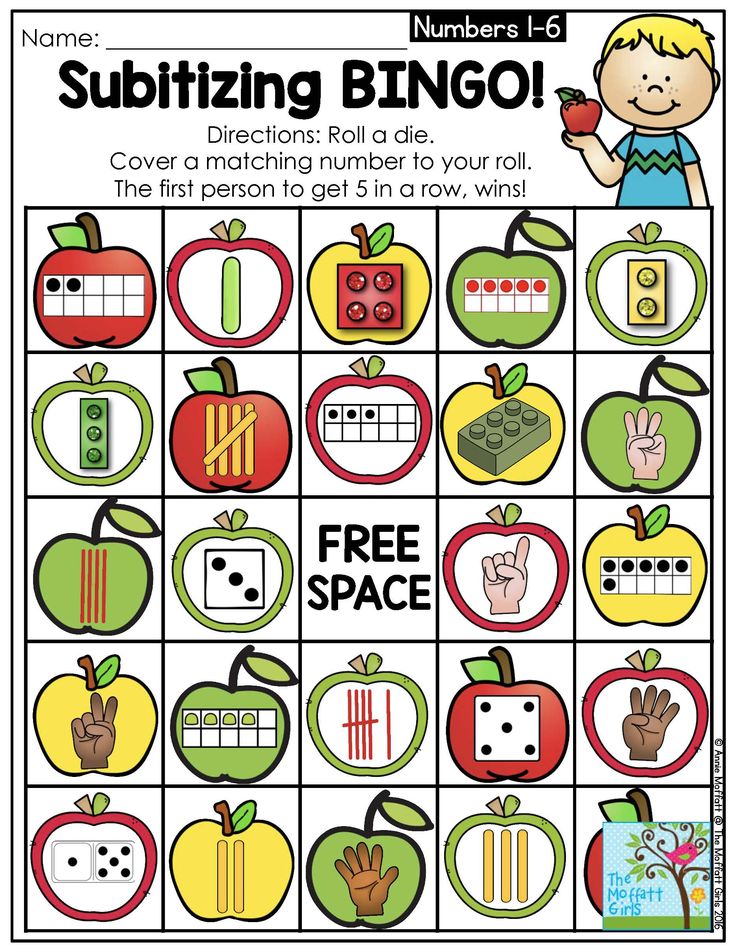 ), and spatial thinking (all these "hooks", " chocolates", "sweets" - different shapes that had to be built from this gum), and, in addition, many more different functions - motor skills, perception, attention, memory, precise hand-eye coordination; again - the ability to follow the rules, manage emotions, resolve conflicts. And the "tens" with the ball and the rope? And what about the “classics”, the playing field for which needs to be drawn into squares or rectangles, numbered, and then jump, pushing the iron jar with your foot so that it does not hit the line? In all these games, number and space - important basic categories of elementary mathematics - are deeply, repeatedly and from different angles experienced by the child. This is very much in line with the thinking of a preschooler, which is not just attached to sensory experience, as in primary school age - it is completely merged with it! It is itself a sensory experience!
), and spatial thinking (all these "hooks", " chocolates", "sweets" - different shapes that had to be built from this gum), and, in addition, many more different functions - motor skills, perception, attention, memory, precise hand-eye coordination; again - the ability to follow the rules, manage emotions, resolve conflicts. And the "tens" with the ball and the rope? And what about the “classics”, the playing field for which needs to be drawn into squares or rectangles, numbered, and then jump, pushing the iron jar with your foot so that it does not hit the line? In all these games, number and space - important basic categories of elementary mathematics - are deeply, repeatedly and from different angles experienced by the child. This is very much in line with the thinking of a preschooler, which is not just attached to sensory experience, as in primary school age - it is completely merged with it! It is itself a sensory experience!
The simplest arithmetic operations are mastered in the store game. Its simplest version is with conditional coins-chips or paper bills of the same denomination (for the ruble). We invent and lay out goods on the shelves, make purchases, and make cash payments. Complication can be introduced by diversifying the denomination of banknotes. But do not overdo it with complexity, otherwise the game will instantly lose its motivating role, do not turn it into a dull “didactic game” devoid of lively energy, from which it reduces the cheekbones.
Its simplest version is with conditional coins-chips or paper bills of the same denomination (for the ruble). We invent and lay out goods on the shelves, make purchases, and make cash payments. Complication can be introduced by diversifying the denomination of banknotes. But do not overdo it with complexity, otherwise the game will instantly lose its motivating role, do not turn it into a dull “didactic game” devoid of lively energy, from which it reduces the cheekbones.
And there are walking games, blocks, constructors, origami, plasticine... A lot of games and creative activities for every taste, forming visual-active, sensual prerequisites for mathematical thinking! And these are not all examples.
So, elementary mathematical concepts in preschool age are best learned when they become an integral part of an interesting game or activity that is understandable to the child and meaningful to him. This assimilation is not abstract-theoretical, but purely concrete, practical.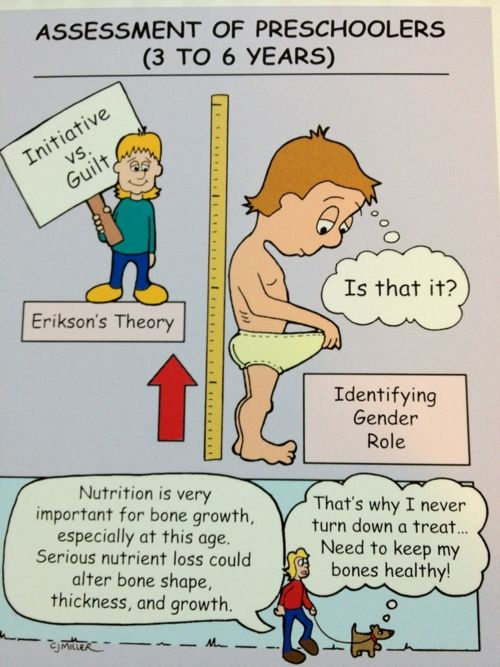 Comprehension occurs through living, and not through logical understanding. Mathematical experience that is formed in this way (I specifically call it experience, not knowledge, to emphasize its inseparability from real life), of course, is still somewhat fragmented, not complex into a single coherent scientific system, but this is not necessary now, because scientific thinking is not characteristic of this age. A preschooler is not able to comprehend any scientific concepts as deeply as this first mathematical experience. And to give it the form of a coherent system is the task of elementary school, already the next stage (ideally, from which the reality of the existing state education system, alas, is very different).
Comprehension occurs through living, and not through logical understanding. Mathematical experience that is formed in this way (I specifically call it experience, not knowledge, to emphasize its inseparability from real life), of course, is still somewhat fragmented, not complex into a single coherent scientific system, but this is not necessary now, because scientific thinking is not characteristic of this age. A preschooler is not able to comprehend any scientific concepts as deeply as this first mathematical experience. And to give it the form of a coherent system is the task of elementary school, already the next stage (ideally, from which the reality of the existing state education system, alas, is very different).
Now there are many methods of teaching mathematics to preschoolers, the whole “accounting” for the age of children in which lies in the amount of material, the size of the numbers and the brightness of the pictures. The same desks and workbooks. The same abstract concepts that the child is not able to comprehend, because he is not able to live. Here, for example, is the topic “Line, ray and segment”, which is often found in workbooks for preschoolers. “A simple topic, just three concepts that are clearly different from each other. Why not give it to preschoolers?” - apparently, this is how the developers of such notebooks argue. The differences are clear, but they concern the difference between the finite and the infinite. And how can a child of 4-5-6 years old live infinity? After all, we ourselves comprehend it only theoretically, we understand it, but only with an abstract mind! The preschooler does not yet have abstract thinking. For a better understanding, he is offered a drawing in a workbook. So it remains in his head that a segment is when perpendicular ones are drawn at the ends of the stick, and a straight line is when they are not drawn. That's all. Or a task from a workbook for five-year-olds, aimed at “discovering” by children the commutativity of addition. The child is invited to add two to three flowers, and then add three to two flowers.
Here, for example, is the topic “Line, ray and segment”, which is often found in workbooks for preschoolers. “A simple topic, just three concepts that are clearly different from each other. Why not give it to preschoolers?” - apparently, this is how the developers of such notebooks argue. The differences are clear, but they concern the difference between the finite and the infinite. And how can a child of 4-5-6 years old live infinity? After all, we ourselves comprehend it only theoretically, we understand it, but only with an abstract mind! The preschooler does not yet have abstract thinking. For a better understanding, he is offered a drawing in a workbook. So it remains in his head that a segment is when perpendicular ones are drawn at the ends of the stick, and a straight line is when they are not drawn. That's all. Or a task from a workbook for five-year-olds, aimed at “discovering” by children the commutativity of addition. The child is invited to add two to three flowers, and then add three to two flowers.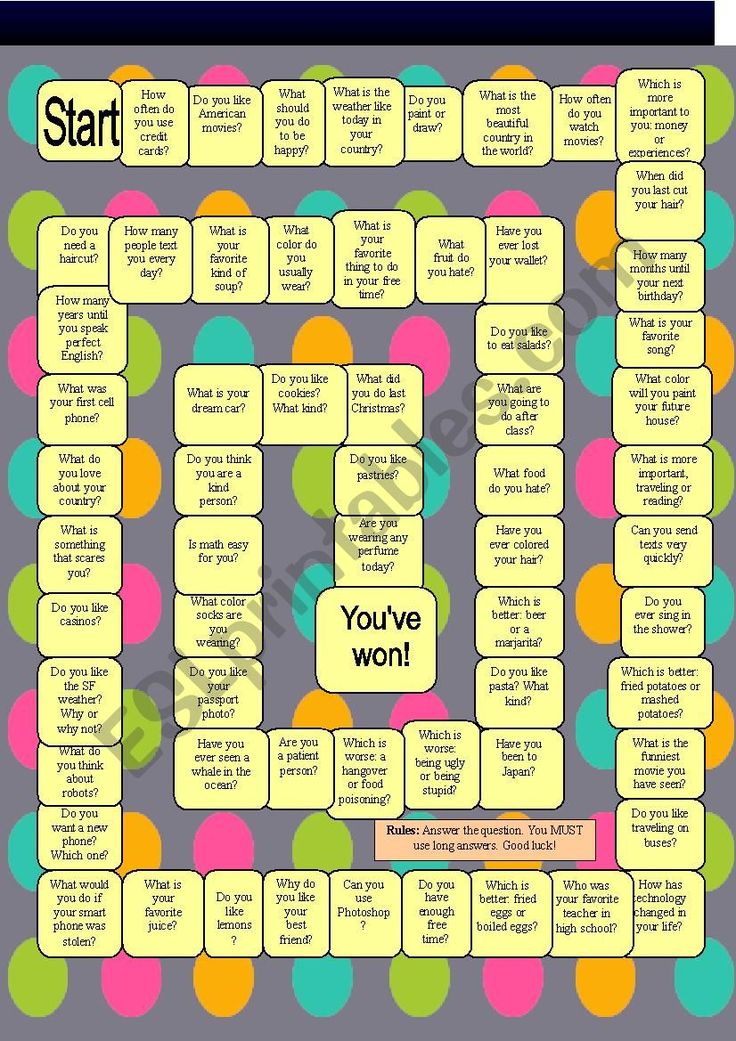 He must, having answered the question “What did you notice?”, make the discovery that the sum will not change from the rearrangement of the terms. Not only that, after this question, the child tries for a long time to understand what they want from him - even if, after a series of additional leading questions, he formulates a phrase that is close in meaning to the expected one, it will not be assimilated. A real generalization will not happen, because the intelligible properties of operations on abstract arguments (in this case, numbers) are not yet included even in the zone of proximal development of five-year-old children. In their experience there is no experience of the usefulness and meaningfulness of such knowledge. Of course, he can memorize it, but he is not yet surprised or delighted at the very fact of this “new knowledge” or its content. I would advise you to avoid such tasks - they are unnatural, useless and can kill cognitive interest.
He must, having answered the question “What did you notice?”, make the discovery that the sum will not change from the rearrangement of the terms. Not only that, after this question, the child tries for a long time to understand what they want from him - even if, after a series of additional leading questions, he formulates a phrase that is close in meaning to the expected one, it will not be assimilated. A real generalization will not happen, because the intelligible properties of operations on abstract arguments (in this case, numbers) are not yet included even in the zone of proximal development of five-year-old children. In their experience there is no experience of the usefulness and meaningfulness of such knowledge. Of course, he can memorize it, but he is not yet surprised or delighted at the very fact of this “new knowledge” or its content. I would advise you to avoid such tasks - they are unnatural, useless and can kill cognitive interest.
The harsh reality
Unfortunately, the reality of the modern education system is such that once in a general education school, a child will basically learn not to count, but to solve various puzzles and tasks, assuming that children already know how to count, make reports and presentations designed to "teach children how to learn".